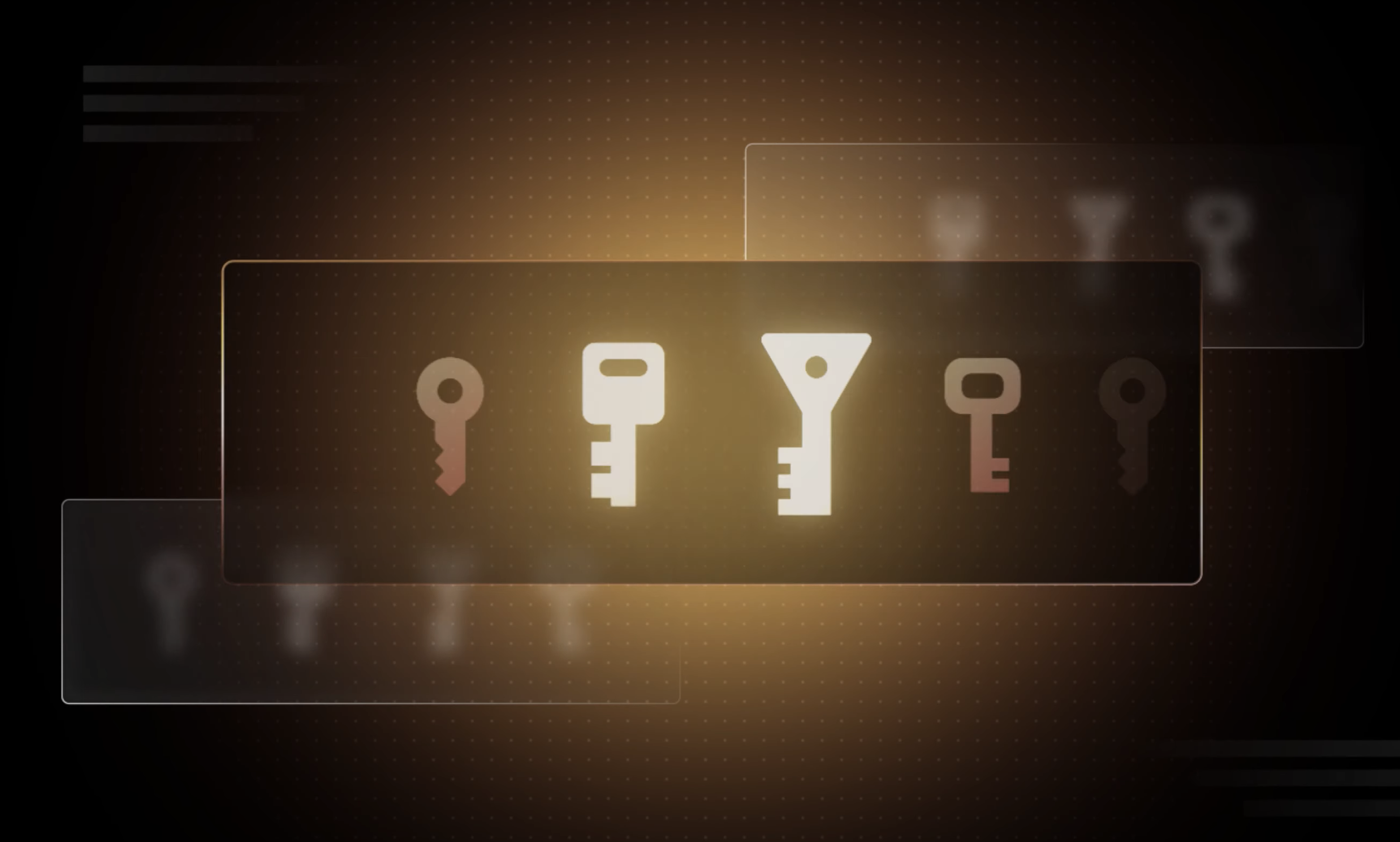Trust Bank has a team of around 100 engineers, 20 of whom manage the platform that powers thousands of services. In just two years, they were able to capture 20% of Singapore’s population.
The secret to their success wasn’t just moving fast; it was moving fast without breaking things. As Rajay Rai, CIO of Trust Bank, puts it in his fireside conversation from HashiDays 2025: "They're not mutually exclusive: speed and security. You have to have both of them when you're building a bank and especially in financial services."
The partnership between Standard Chartered Bank and FairPrice launched as Singapore's first digital bank with an audacious goal: deliver banking at unprecedented speed while maintaining enterprise-grade security. Today, customers can open a credit card account in under three minutes and a savings account in under two minutes. The bank has scaled from four products at launch to about 70 products today, with 70% of customer acquisition coming from referrals.
Here are the four key strategies that enabled Trust Bank's breakneck growth.
»1. Infrastructure philosophy: The "paved road" approach
Trust Bank built its foundation on infrastructure as code, adopting Netflix's "paved road" concept — an opinionated architecture that provides developers with pre-built, secure modules and standardized patterns.
Their framework rests on four principles:
- Security and compliance built in. Every module, from S3 buckets to microservices, comes with security baked in from the start. When developers need infrastructure, they can provision it instantly using pre-approved modules rather than building from scratch.
- Opinionated architecture. Rather than giving developers infinite choices, Trust Bank curates patterns from their internal community. This reduces decision fatigue and ensures consistency.
- Continuous compliance. Security as code and policy as code are embedded into everything they build. Compliance isn't a gate at the end; it's woven throughout the development process.
- Autonomy within responsible boundaries. This is perhaps the most critical principle. Developers have the freedom to move quickly, but within guardrails that prevent bad outcomes.
"Autonomy within responsible boundaries is fundamentally important. As you go fast on these roads, you got to have the traffic lights, you have the policies in place to keep everything in check so that you make sure you're avoiding all the bad outcomes."— Rajay Rai, CIO, Trust Bank
»2. Buy over build for non-differentiating things
When Trust Bank was building their platform, they opted for commercial editions of HashiCorp Terraform and Vault rather than starting with the free community editions.
For a lean startup, paying for enterprise software might seem counterintuitive. But Raj's reasoning is compelling: "When you're thin and lean, and you're going really fast, you want to make sure that you're implementing the best practices in the market."
The decision comes down to where to invest engineering time. Trust Bank could spend months tinkering with five different ways to automatically rotate passwords for microservices, or they could adopt a supported solution and focus their engineers on differentiated work.
"I'm happy to spend more time on differential things in the market. For example, my team would focus more on chaos engineering rather than trying to figure out what works and what doesn't work from the open source community."— Rajay Rai, CIO, Trust Bank
The practical benefits showed up quickly. When they needed high availability for Vault across three availability zones with replication for redundancy, the HashiCorp enterprise support team helped them implement it rapidly. For a bank that needs to maintain uptime and compliance, the trade-off was clear: pay for support so engineers can focus on high-value work.
»3. Focus on Day 2 operations
Here's where Trust Bank's strategy diverges sharply from most enterprises. While many organizations focus heavily on optimizing initial deployments (Day 0 and Day 1), Rajay points out a crucial reality: "20-30% is upfront when you build it. 70-80% is later on, right? So as you move on, you've got to constantly hydrate it and make sure that you're reducing the cost of maintenance over time."
This is the underappreciated secret to their speed. Trust Bank heavily automates Day 2 operations: the ongoing maintenance, upgrades, and operational tasks that consume the most engineering time.
Some examples of their Day 2 automation:
- Core banking applications upgrades that would take a year at some organizations are done quickly at Trust Bank by snapshotting their entire application and infrastructure environment, testing that snapshot, and deploying the upgrade when all tests pass.
- Infrastructure changes also trigger modernized guardrail checks for applications (i.e. automated tests, linting) alongside automated infrastructure checks.
- Spring Boot upgrades can be done very quickly using LLMs to help summarize release notes.
»4. AI and LLM integration
Trust Bank is already leveraging agentic AI workflows throughout its development process. Their AI integrations include:
- Automated code review summaries that trigger via webhooks when developers submit pull requests, making approvals faster and easier
- Migration code generation that reduces some of their migration tasks from three to four months down to under one month
- Policy as code generation using LLMs to generate policies more effectively
- Automated summarization of release notes and changes for tools used in their environment, like Spring Boot
The goal isn't to replace engineers, Rajay says, it's to free them from low-value work so they can focus on high-value problems. As the bank scales, efficiency becomes critical, and AI helps them maintain their speed advantage.
»Infrastructure enables innovation
Trust Bank's story illustrates a fundamental truth about modern software development: infrastructure automation enables business innovation. By investing heavily in infrastructure as code, modularity, and Day 2 operations, they've created a platform that lets application teams innovate rapidly.
The results speak for themselves: 70 products in two years, 20% Singapore market penetration, extremely fast customer onboarding — all with a lean engineering team.
As Rajay notes, "You couldn't have this level of maturity if you haven't invested in automating it, and of course having environments that can start up at will."
Speed and security aren't mutually exclusive. With the right infrastructure foundation, you can have both. Learn to adopt the same philosophies that Trust Bank did by reading our guide: Deliver innovation at scale with The Infrastructure Cloud.
Watch Rajay Rai and HashiCorp Co-Founder Armon Dadgar talk about Trust Bank’s digital transformation journey in this HashiConf Q&A session:





